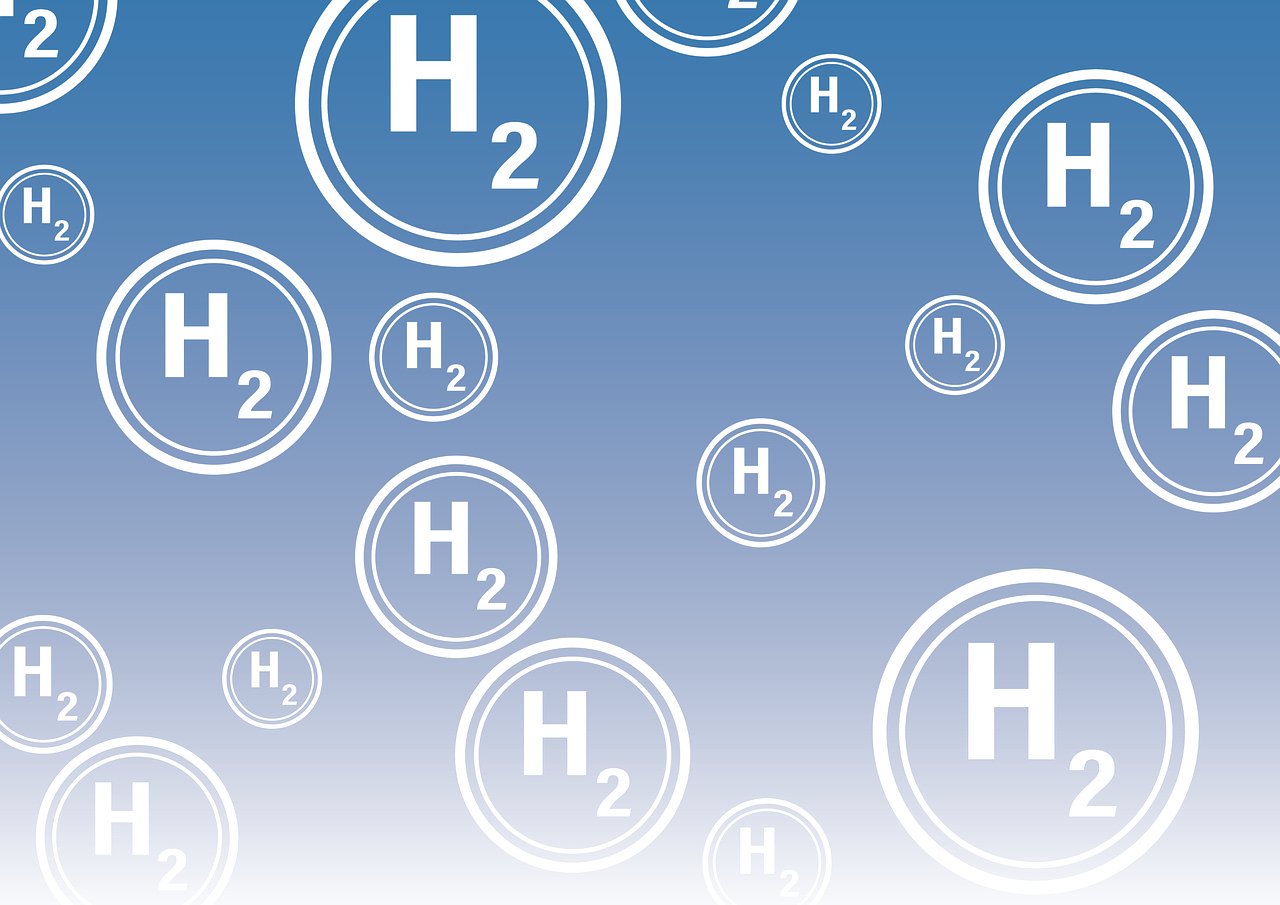Germany – A paste for hydrogen storage has been created by researchers at the Fraunhofer Institute for Manufacturing Technology and Advanced Materials (IFAM) in Dresden.
The researchers also claim that their paste has high energy densities and may be used in a variety of vehicles, including electric scooters and cars. The power paste, based on solid magnesium hydride, should allow hydrogen to be chemically held at normal temperature and ambient pressure and released as needed, according to Fraunhofer IFAM. Because the power paste only decomposes at temperatures of over around 250 degrees Celsius, it operates flawlessly even if a scooter equipped with the paste is left in the sun for hours.
The only beginning ingredient for the storage paste is magnesium powder, which is a relatively common element. This is reacted with hydrogen to generate magnesium hydride at 350 degrees Celsius and five to six times atmospheric pressure. After that, the power paste is made using ester and metal salt.
Tank replacement
In fuel cell automobiles and buses, the power paste replaces the cylindrical pressure tank. As a result, the institute claims that this technique is appropriate for hydrogen drives in smaller cars where installing a pressure tank would be challenging.
The refueling procedure, according to Fraunhofer experts, is simple. Rather than traveling to a gas station, the scooter driver replaces a cartridge and fills a water tank with tap water. The paste is squeezed out of the cartridge and mixed with a specific amount of water in the vehicle, depending on the desired power. This process generates gaseous hydrogen, which may subsequently be turned into energy for use in the electric motor.
Only half of the hydrogen in the reaction comes from the power paste, with the other half coming from the water. The Fraunhofer experts also claim that with the power paste applied to a car, the driver should be able to reach a range comparable to, if not more than, using the same quantity of gasoline.
Benefits
The benefits of this type of material are obvious: a paste cartridge may potentially be switched out anytime along a journey. The paste might also dramatically prolong the flight time of big drones, allowing them to fly for many hours rather than only 20 minutes, according to the researchers. This would allow forestry workers, surveyors, or high-voltage electricians to examine forests or electricity lines using a drone. Campers might use the paste in a fuel cell to create electricity to run a coffeemaker or toaster in a residential setting.
Another key benefit of the researchers’ creation is that the paste can flow and be pumped, so it may be “filled up” at a filling station in addition to cartridges and canisters. It would be unnecessary to build expensive infrastructure for gaseous hydrogen at high pressure or cryogenic liquid hydrogen at – 253 degrees Celsius.
Fraunhofer IFAM is now constructing a production facility at the Fraunhofer Project Center for Energy Storage Systems ZESS in order to ensure the paste’s feasibility, which includes environmental and energy balance, production, and scalability. The plant is expected to be operational by the end of 2021, producing up to four tonnes of power paste per year.





